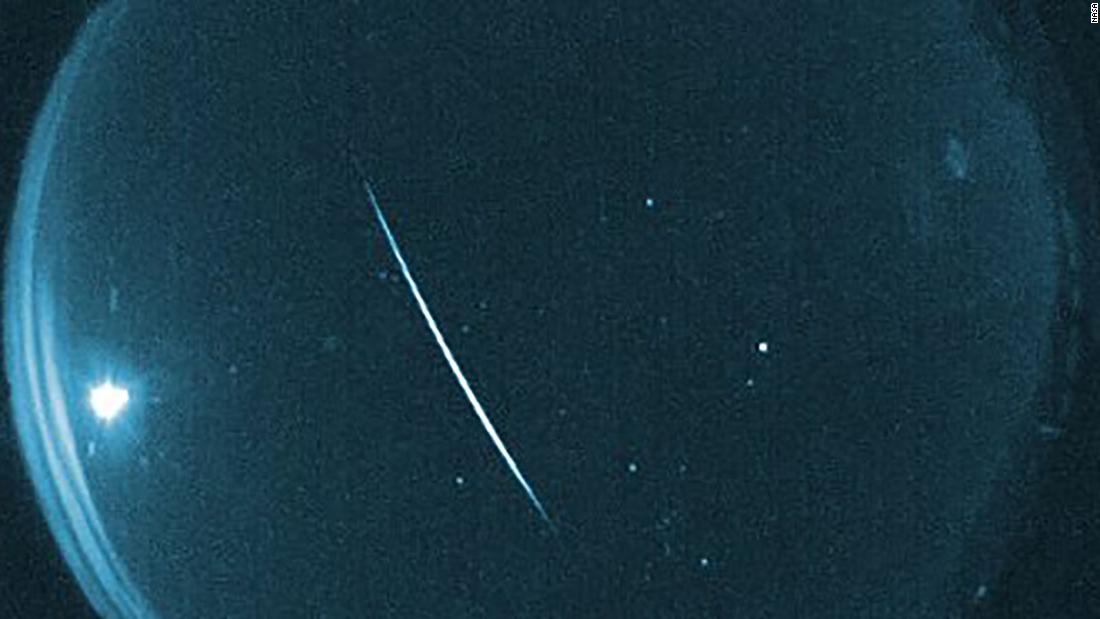(Excerpt)
But the peak is brief, only lasting about six hours. The peak is estimated to arrive at 3:20 a.m. ET on January 4, according to the American Meteor Society. And it will be best seen in the Northern Hemisphere.
Skygazers hoping to see the estimated 50 to 100 meteors in the dark, early morning sky should be prepared to look up at least an hour before the peak in case it begins early, but EarthSky suggests watching starting in the late evening of January 3."
https://www.cnn.com/2020/01/03/world/quadrantid-meteor-shower-scn-trnd/index.html
But the peak is brief, only lasting about six hours. The peak is estimated to arrive at 3:20 a.m. ET on January 4, according to the American Meteor Society. And it will be best seen in the Northern Hemisphere.
Skygazers hoping to see the estimated 50 to 100 meteors in the dark, early morning sky should be prepared to look up at least an hour before the peak in case it begins early, but EarthSky suggests watching starting in the late evening of January 3."
https://www.cnn.com/2020/01/03/world/quadrantid-meteor-shower-scn-trnd/index.html
(Excerpt)
But the peak is brief, only lasting about six hours. The peak is estimated to arrive at 3:20 a.m. ET on January 4, according to the American Meteor Society. And it will be best seen in the Northern Hemisphere.
Skygazers hoping to see the estimated 50 to 100 meteors in the dark, early morning sky should be prepared to look up at least an hour before the peak in case it begins early, but EarthSky suggests watching starting in the late evening of January 3."
https://www.cnn.com/2020/01/03/world/quadrantid-meteor-shower-scn-trnd/index.html






